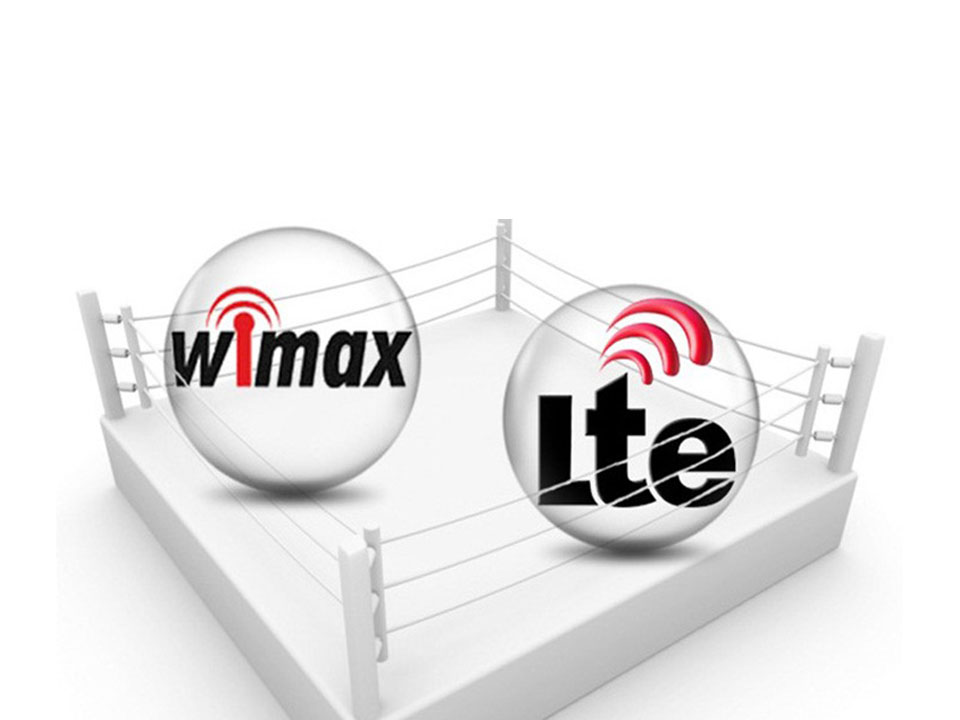Perhaps many of us have the experience of working with dial-up modems to connect to the Internet. At that time, access to the Internet was carried out at very low speeds, and the worst thing for us was that the frequent disconnections. But today, various services are competing with each other by always-on connections and high speeds. In this article, we explore two WiMAX and LTE technologies that provide high-speed wireless Internet for home/office users.
Then, the broadband Internet and ADSL services came to the fore. Disconnections, dialing, strange sounds, and slow speeds all became something from the past. Now you could have a permanent connection with the much faster speeds compared to dial-up experience. To use this service, you also need a phone line, a modem (slightly different) and a computer. But with the increasing speed of internet connection and relative costs reduction as well as the expansion of the user’s dependency to the Internet services, a new problem has arisen: the inability to offering the service adequately in different areas. Now you were faced with complex phrases that meant that they did not have enough facilities to deliver ADSL service to your phone line. Also, there was no possibility to offer this service to some of the distant areas.
Here’s another technology coming in: Wireless Internet. Cellular telephony operators provide a very good coverage at various points, while the evolution of mobile technologies allowed them to provide mobile Internet services in addition to their call services. In this way, users could use their mobile phones to access the internet in areas where ADSL was not available.
Over time, mobile Internet services demonstrated the potential of providing another useful service, namely the provision of wireless broadband services to fixed-home and office users. In other words, this time you do not need a mobile phone or a 3G/4G modem to use the Internet service. In contrast, you use a fixed-mode modem that is very similar to an ADSL modem that gives you wireless connectivity. Two important technologies, WiMAX and LTE, are used in this area, which, despite similarities, are considered to be rivals. In the following, we will examine the characteristics of each of them and their differences with each other:
WiMAX
Stands for “Worldwide Interoperability for Microwave Access” and is used for a set of standards approved by the IEEE. Since 2000, the IEEE has begun to develop a set of standards for providing wireless broadband access in the metropolitan area known as the Wireless MAN Standards. This standard, known as 802.16, has become a major rival for ADSL services. It may be said that WiMAX combines the range of cellular networks with Wi-Fi speeds.
LTE
On the other side of the coin, LTE is a mobile technology standardized by 3GPP. This technology is the biggest jump from 3G to the fourth generation of mobile networks and has high requirements for data transfer rates, capacity, and latency. LTE is practically a mobile technology that is evolving alongside other industry standards and integrates best with the growth and evolution of other technologies.
Similarities
First of all, let’s point out the similarities between the two technologies:
– Both are completely IP based technologies
– Both support Multiple Input Multiple Output (MIMO) antenna technology.
– Both use an Orthodontic Frequency Division Multiplexing (OFDM) modulation technology.
Of course, the technical similarities of the two technologies do not end there, but we have just referred to key items.
Differences
LTE technology uses licensed frequency bands, while WiMAX relies on a combination of unlicensed and licensed bands. That makes the LTE available in the lower frequency band. This is a privilege for LTE because allows it to provide better coverage.
LTE uses a standard 15 kHz intercarrier spacing, while the second version of WiMAX uses a 10.94 kHz spacing. The greater distance in LTE will increase its immunity against Doppler spread. This technology can manage user speeds up to 350 km/h. On the other hand, WiMAX handles up to 120 km/h.
In the data transferring section, LTE is still a better position. Although various parameters affect the performance of wireless technologies and peak speeds on their links, better coverage and higher bandwidths of channels in LTE make it possible to have more data transfer rates under the same conditions. Ultimately, LTE dramatically reduces power consumption on the user’s side, and this is important if the user uses a battery-based system.
Considering all of these, WiMAX seems to be giving up the field to LTE. Given the advances made in mobile and mobile technologies that go towards 5G, operators do not see any reason to invest in WiMAX because LTE not only provides an integrated architecture with its suite of services but also offers the best options to consumers. Also, the continuity of support and compatibility in this path is also better, which can ultimately benefit the users.


